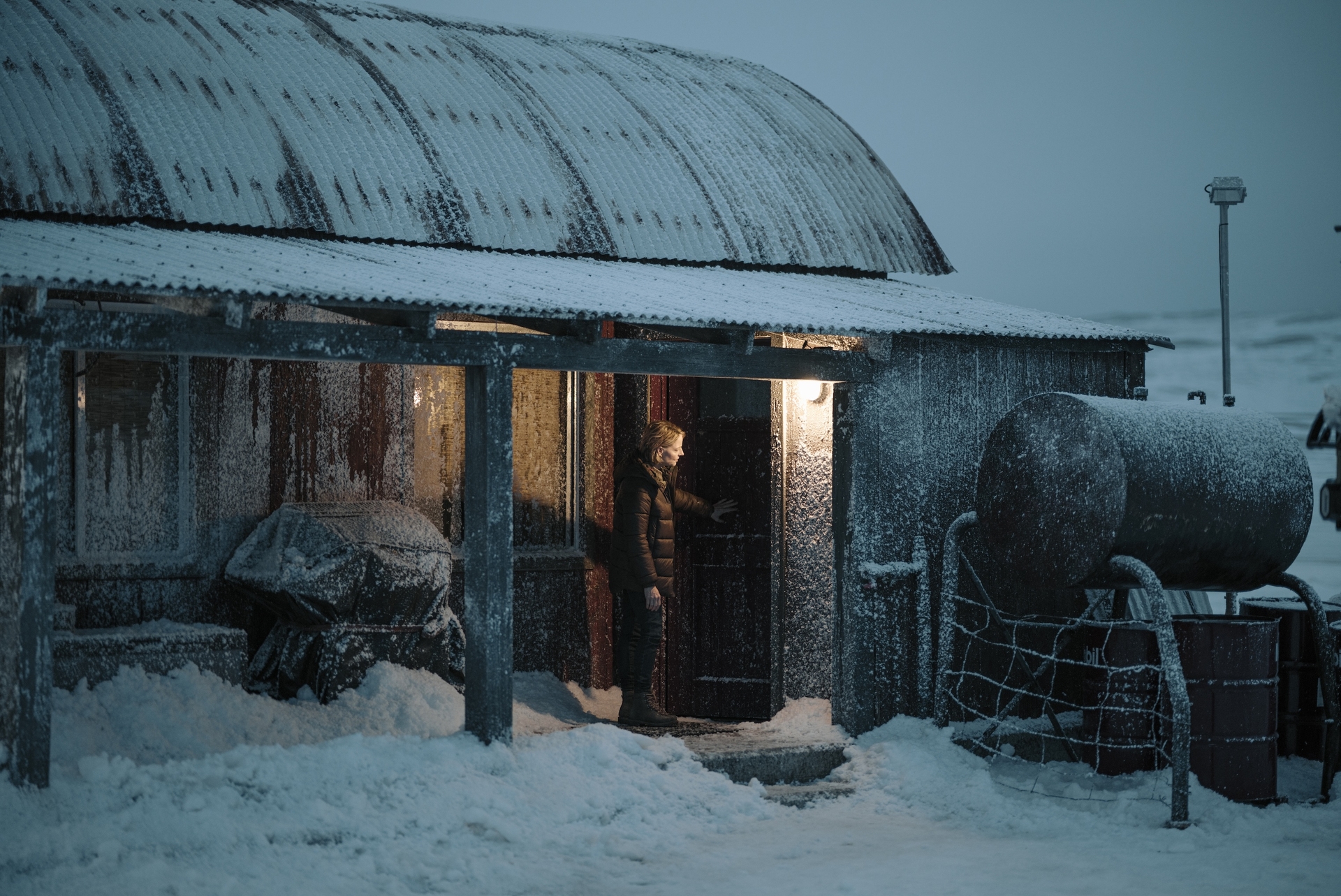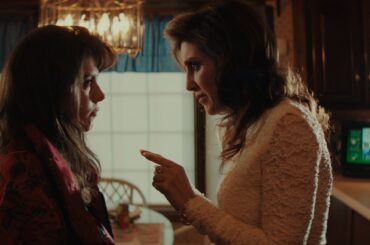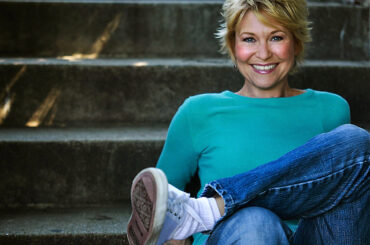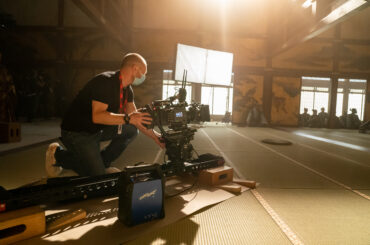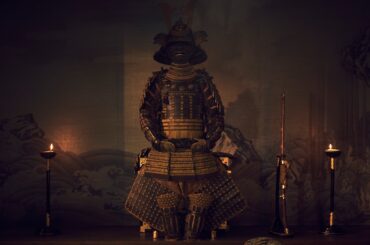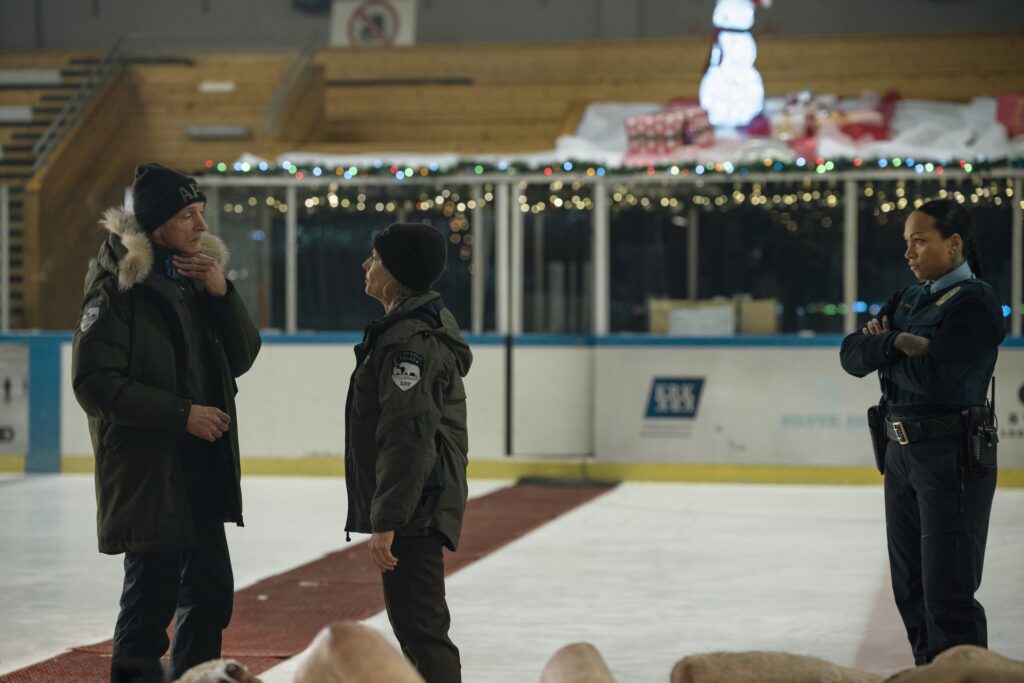
True Detective: Night Country has pulled off an amazing feat, managing to re-energize a ten-year-old anthology series that has intrigued audiences with a fresh take. With a new location, new showrunner, and an iconic star in the lead, the show has taken us in yet another direction. Shot mostly at night with Iceland doubling as Alaska with themes of horror and the supernatural, the shoot required the skills of not only an expert DP but an artist and magician.
German Cinematographer, Florian Hoffmeister, was certainly up to the task of bringing Issa López’s vision to the screen. Hoffmeister has been building an eclectic resume of film and television for over 20 years with collaborations with Terence Davies, Scott Cooper, and David Koepp. The acclaimed cinematographer scored his first Oscar nomination for Tár. Recently, Hoffmeister recently spoke with Immersive via Zoom.
[Note: This conversation has been edited for clarity and length.]
So how did you get involved with True Detective season four?
It was more or less by chance. I knew that they were going to make one. The first season is such an iconic part of television culture now. I’ve always been interested and I got sent the scripts because I’d done a series called The Terror, and Issa López had seen it. Maybe it caught her eye as a contemplation about darkness and snow, horror and the supernatural.
What spoke to you on the page?
Issa’s scripts were really interesting and well-crafted. After episode three, you, whilst reading, you’re wondering what’s happening here and why is it happening. So, that pulled you through. And then she had this element of the supernatural, which was already there. But more importantly, the entire social fabric of people stranded up there in the eyes and being isolated amongst themselves, amongst nature. This feeling of despair and a deep human urge to reach out and try to find a connection there was very palpable in the script. I thought, oh, this could be a really interesting project to do.

Were John Carpenter’s The Thing and The Shining visual inspirations?
I watched The Thing right after I got a job. When I was talking to Issa, I found it quite interesting to try and approach the first conversation almost without any references. Just be really open. And then I try to maybe send something through after the first conversation to kind of exemplify what you’ve been talking about in the conversation.
We talked a lot about Sicario because it’s an amazing example of a film where procedural police work is filmed in a very distinct, almost in a detached way, and I was thinking that is something interesting for us. So, that the script is doing all the work on the who-done-it, so that cinematography doesn’t have to push down that route that’s happening by itself. It’s more interesting if you almost detach yourself from the procedural.
And that’s Roger Deakins, of course. How else did his work inspire you?
That’s Roger Deakins. There’s beautiful domestic work in there. I remember a scene when Emily Blunt makes out with this guy in the bar who’s actually part of that mafia group, and then he’s trying to kill her. There’s also a sequence where they stand in this tiny kitchen, and they’re complete silhouette. So, where you go in a domestic space that’s tiny and you imply a certain form of domestic lighting, but you manage to shape an iconic image out of that. So, those were things we talked about.
I obviously watched The Thing, because what I found so fascinating, I mean, it’s a beautiful film to rewatch, especially now. Now I think it’s even more metaphor than it probably ever was. What I found interesting is it isn’t perfect, especially when you watch the beginning. It starts with this amazing wide shot and you think, “Oh, this is a wide shot.” And then suddenly the camera is kind of moving a little bit and you suddenly realize, God, it’s a POV, and then the helicopter comes in and then this crazy chase starts. So, to have things that evolve into something to be a bit off at times, that’s a real virtue of that film and it creates a sensation of immediacy. And that’s what I took from it.
And tell me a little bit about your approach to the different settings with the Production Designer Daniel Taylor. What qualities did you both want?
I have to credit Dan because he put a lot of stuff on the canvas that I got the benefit from. The transient nature of life and sub-zero temperatures are not made for us to be up there and living dependent on electricity and heating and this idea that people would haul it, that people need to stock up, that people try to reuse things. That was all apparent in the design all over the place.
What I brought to it is I was thinking, okay, so how does it affect people? If you spend 90% of your day in darkness, how does it change your relationship with domestic lighting? You create your day. I felt that this utilitarian sense of the lighting was one of the things that motivated us, so they would’ve multiple sources. That’s why the police station, for example, switches on all lights because it’s the day shift. That’s why the ice ring is so bright. Oh, so they create a day atmosphere. You do create your day.
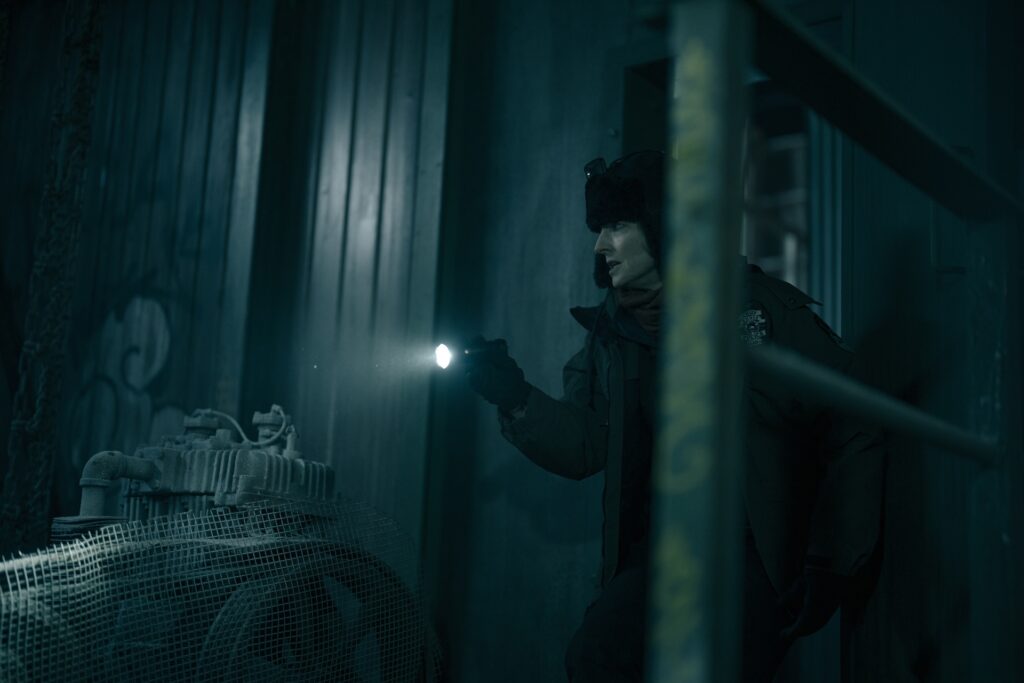
Let’s talk a little bit about Issa López, who was the director of every single episode of this, and you were the DP for every single episode. What did you appreciate about her as a collaborator?
I think it was a very beautiful relationship. We hit it off. I think we have a very similar understanding of film. We have both had respectively long careers. I enjoyed that. She’s a very mature filmmaker. She’s had her own very mature life as a filmmaker in Mexico, and she brings a lot of humanity to the table.
I sometimes think that apart from all the craftsmanship and the artistry of writing these things and communicating with all these people of all these months, I think to stay human is a real virtue. She is a very good collaborator, warm and funny, and wears her heart on her sleeve. I could not have asked for anything better.
Did you have much of a rapport with the actors?
There was a real intimate atmosphere around the making of it, so we interacted, obviously with the cast. I was a bit starstruck. I have to say I love Jodie Foster. I remember the first closeup we shot on her, I said, “God, it’s really her.” She’s just iconic, but she’s approachable. She’s the ultimate professional. I think that’s also to Issa’s credit, she put together an eclectic mix.
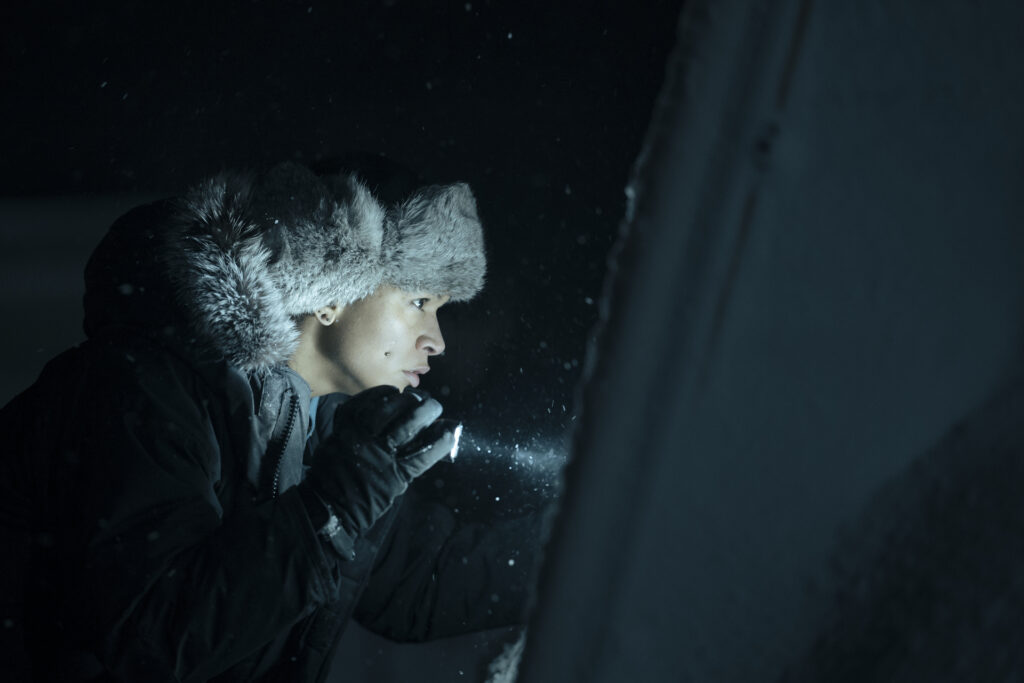
Yes, it is an interesting mix of familiar faces and discoveries.
I think Kali Reis delivered a beautiful performance, and she used to be a boxer. And then there were these ladies called the Justice Ladies that were cast in the original Alaska and indigenous people from up there. So, it was just a mix between somebody who’s been one of the most professional actors of her generation, acting across people who had never done it. I think that speaks of Issa and Jodie as well, just how coherent the entire performance always feels.
Given the climate and darkness there, what kind of challenges did you have shooting outdoors?
So the big problem is you can’t go out there and just shoot out in the dark in the snow fields. It’s pitch black, so you might see the person five meters in front of you, but that’s it and obviously, I can’t light the mountains. There were a few options, shooting with a headlamp, which you can’t sustain for a whole series. Then there was lighting the ice field but the winds here would knock the cranes down.
So what’d you do?
So, option three was the best option, to create vast space without overlighting it you create two frames of the same image. So you have an identical image, but you create two frames of it. You do this by mounting two cameras over Prism so that they both record the identical image through a 3D rig. And then one camera was only sensitive to infrared, and one camera was our normal color camera. The winds were so strong we couldn’t light anything taller than shoulder height, anything taller would blow away.
What I did build was, I built a half circle of infrared lighting, about 50 meters on each side of the camera that would just flood the foreground and just fall off to the back. So in infrared only, it would create this feeling that you have when you see for a while, and then you can’t see anymore. If those had been regular lights, the person in the foreground would’ve been looking in a soccer stadium. So that was the infrared. So the infrared camera only recorded the infrared light.
The color camera is not sensitive to infrared, and that color camera only records the person with the headlight. Then I dissolved those two images so that in the final image you could see a little bit left and and into the depth, and you would have the real person.
True Detective: Night Country is available to stream on Max.


